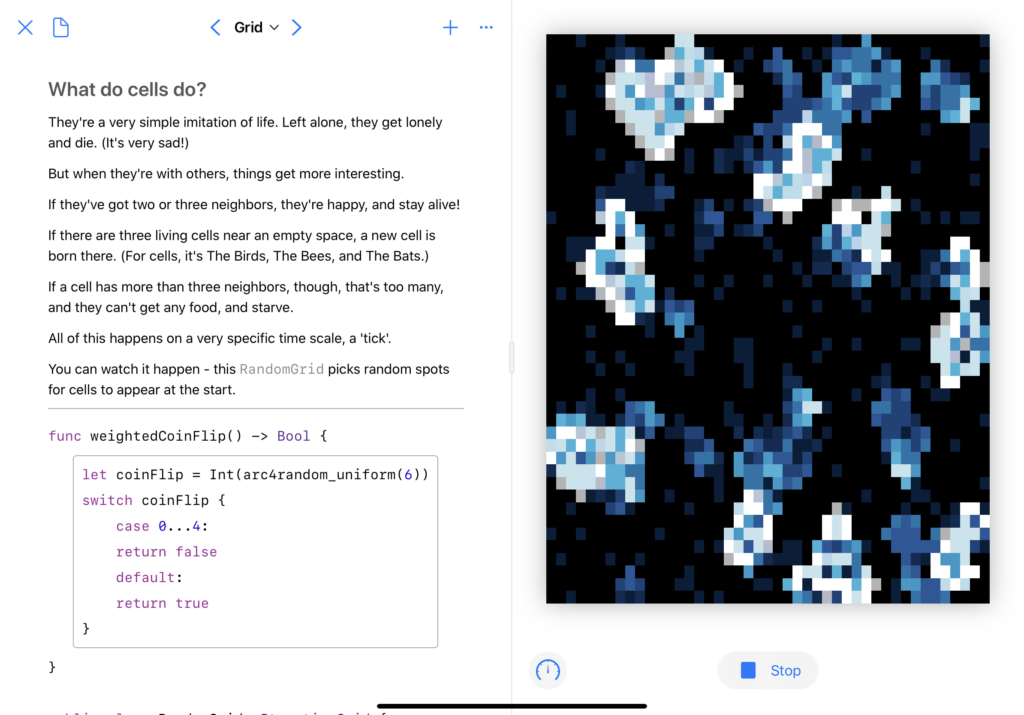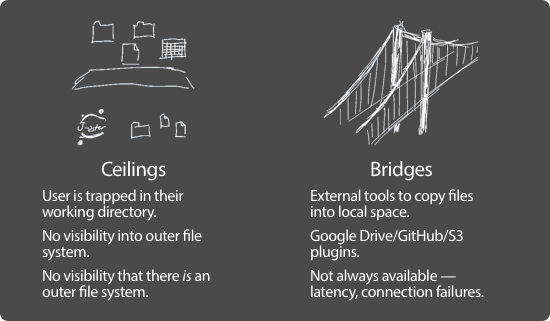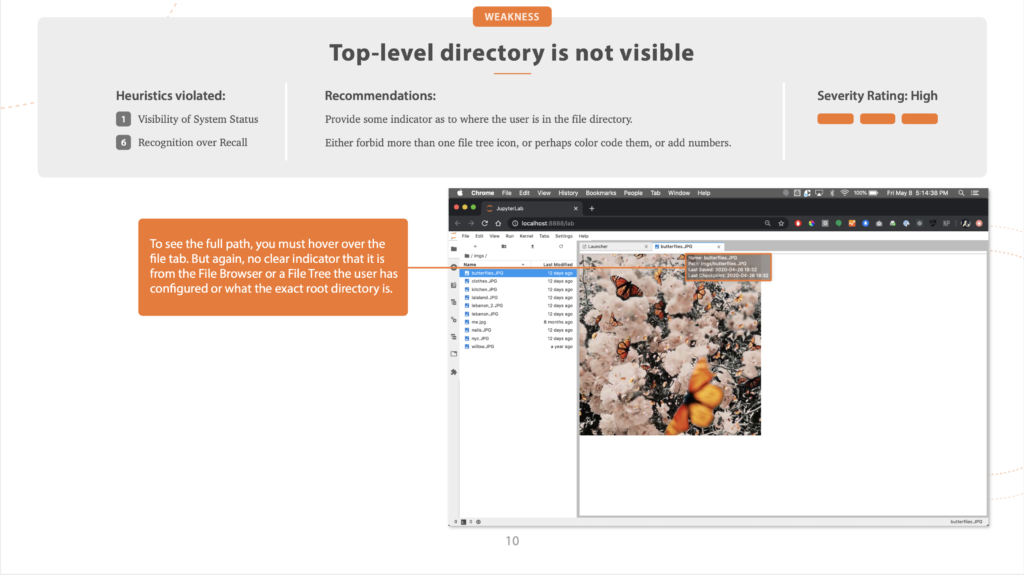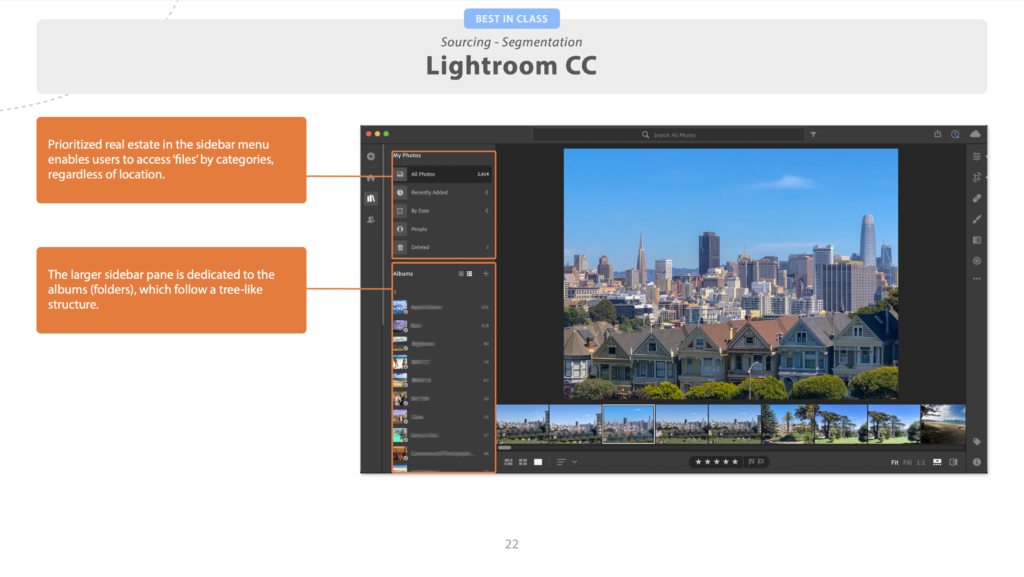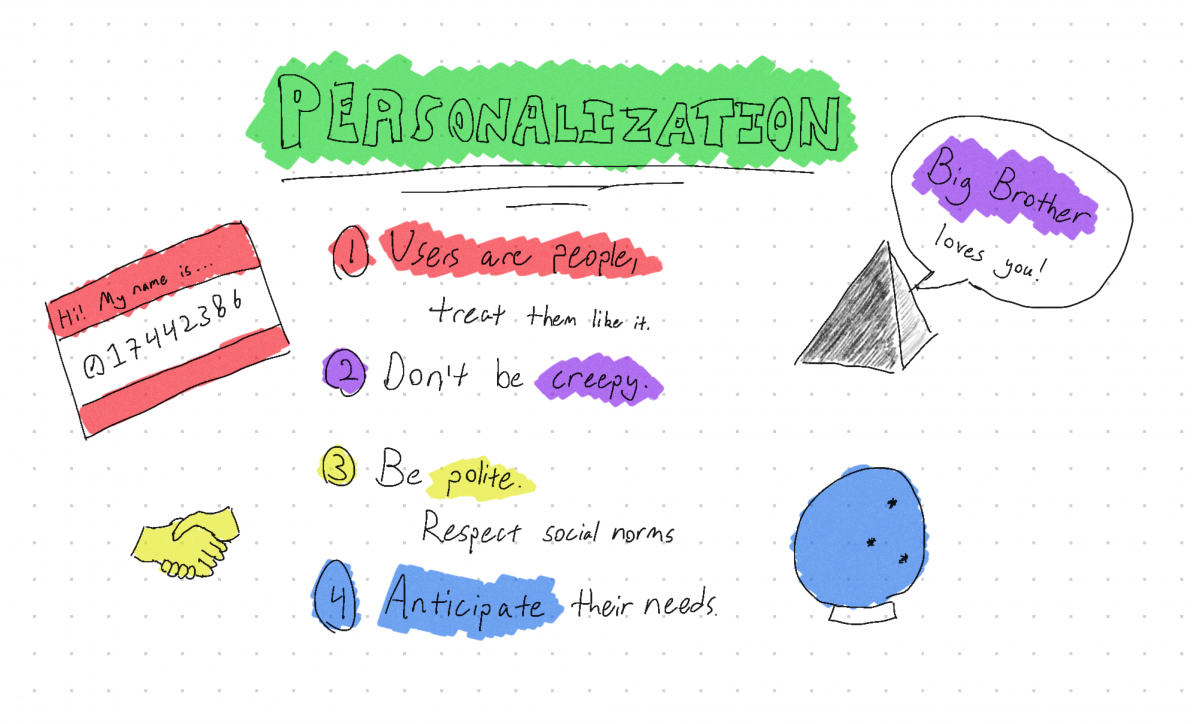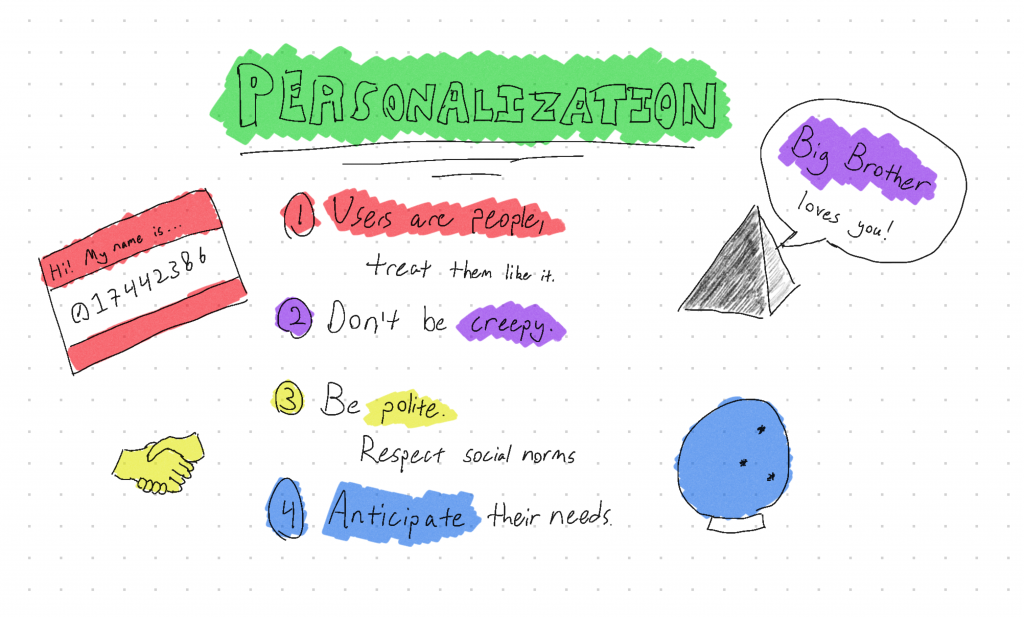Spring quarter consisted of two things: beginning the internship, and an “intro to programming” course. Which, at first glance, seems like it would’ve been a “coast to an easy A” kind of thing for me, but that wasn’t my goal. And, to quote the Dean of UCI’s Graduate Division, “grad school is for you.”
So, at the start of the quarter, I sat down to figure out what my goals for this class would be, and came up with two things. The first, which I won’t be writing about, was to get a bit more teaching experience – in the vein of “guiding people to asking the right questions,” rather than just showing them the answers.
Second, and the topic of this post, was that I wanted to learn Vapor. The professor was kind enough to let me do this – instead of doing the course project (an online game of Reversi) in Node, I did it in Vapor.
As a learning exercise, I’d say it was… okay.
What Went Well
I love Swift as a language. The type system just fits in my head, it aligns incredibly well with how I think.
In this case, that meant representing all the events to the server, and the responses from the server, as enums.
It also meant that I could have a solid Game class that represented the whole game board, with some neat logic, like getters that calculate the current score and if the game has ended. Pair those with a custom Codable implementation, and you’ve moved the majority of the logic to the server.
… and What Didn’t
The fact that I’m representing events to and from the server as enums, instead of using Vapor’s routing system, was a result of tacking on another thing I wanted to learn about, and trying to loosely hew to the nominal course objectives. The official version of the project used WebSockets for all the communication. Vapor supports WebSockets. Great combo, right?
Well, sure, but it meant I did almost nothing with the actual routing. Instead I re-implemented a lot of it by hand, and not in a very clean way. Vapor doesn’t scope things the way I expected – based on some experimentation, it instantiates a single copy of your controller class and reuses it, rather than having one per connection. So instead of having nice class-level storage of variables, and splitting everything up into functions with the main one handling routing, it all wound up crammed into the main function. Just so I could maintain the proper scope on variables. I’m still not happy about it.
What’s Next
I’d like to keep tinkering with Vapor. When I’ve got the time, I have a project in mind where it seems like a good fit.
In the meantime, I hope their documentation improves a lot. The docs they have are good tutorials, and cover their material well; they also, it feels like, leave out the lion’s share of the actual framework. By the end of the project, I’d given up on the docs and was just skimming through the source code on GitHub, trying to find the implementation of whatever I was trying to work with. (This, by the way, doesn’t work with Leaf, the templating engine – the docs are basically nonexistent, and the code is abstracted enough that you can’t really skim it, either.)
Complaints aside, I still like Vapor. I picked up a book on the framework, which seems like a pretty good reference on the topic.
And hey, it was a neat little project. (The JavaScript is a disorganized mess, but it’s also aggressively vanilla – while the rest of the class was learning about NPM, I decided to see how far I could get with no JS dependencies whatsoever. Answer: very.) Check it out, if you’d like:


